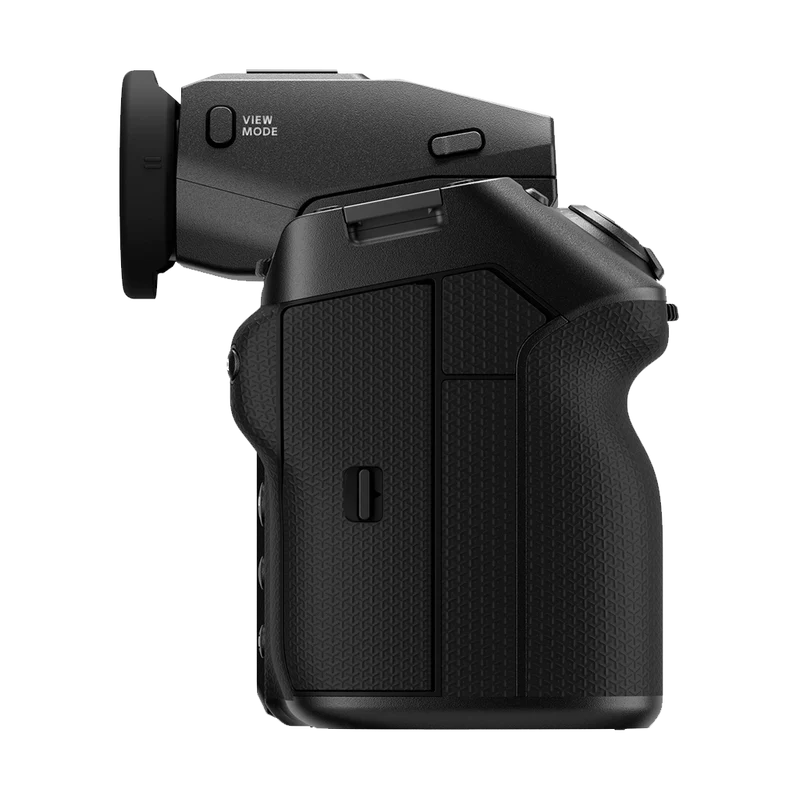





Fujifilm
Fujifilm GFX 100 II Medium Format Mirrorless Camera
Introducing the Fujifilm GFX 100 II Mirrorless Camera, a medium format powerhouse with a stunning 102MP sensor and the advanced X-Processor 5. Designed for ultimate performance, it features a 9.44m-dot EVF, 120 fps live view, and 5 fps blackout-free shutter use for seamless shooting. The camera harnesses the full potential of its 55mm BSI CMOS sensor, recording 4K60p internal video, perfect for filmmakers. With 8-stops of in-body stabilization, it delivers exceptional handheld and low-light performance, making the GFX 100 II an ideal choice for both photographers and videographers.
Key features
-
Superior Autofocus Performance: Features enhanced autofocus algorithms and subject tracking, keeping subjects in focus during movement. Capture 4K/60p video or images at up to 8 fps with the mechanical shutter.
-
102MP BSI CMOS Sensor & X-Processor 5: Equipped with a 102MP BSI CMOS sensor and X-Processor 5 for fast performance, improved autofocus, and high-quality images with wide dynamic range, even at high ISO settings.
-
4K/60p Video Recording: Records video internally in 4:2:2, 10-bit Apple ProRes or via HDMI for 12-bit Apple ProRes RAW or Blackmagic RAW. Supports up to 8K/30p or 4K/60p at full sensor width.
-
8 Stops of In-Body Image Stabilization: Offers 8 stops of stabilization, reducing camera shake for slower shutter speeds and better low-light performance without high ISO.
-
Variable GF Cine Crop: Supports various cinema formats, including full-width GF Format, Fujinon PREMISTA (Vista Vision), and 35mm, with the option to pair the 55mm sensor with cinema lenses via a GF to PL adapter.
-
Frame.io Camera-to-Cloud Integration: Enables photos or videos to be uploaded directly to the cloud using built-in Wi-Fi or Ethernet, allowing for instant, secure file delivery, including high-res raw or 8K ProRes video.
-
Additional Features: Waveform and vector scope monitoring, timecode sync via Atomos AirGlu, object tracking, SSD recording, and the new REALA ACE Film Simulation mode.
